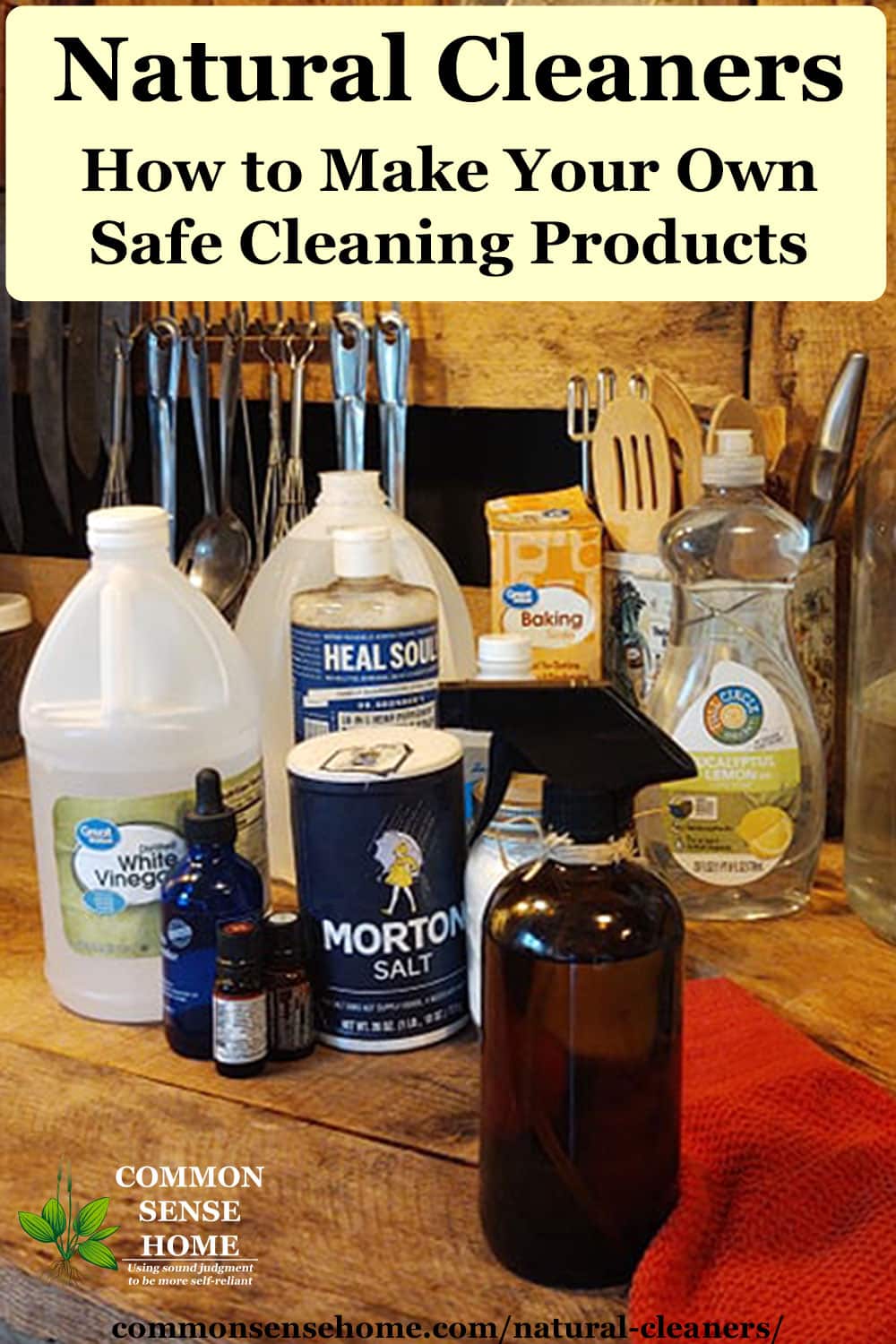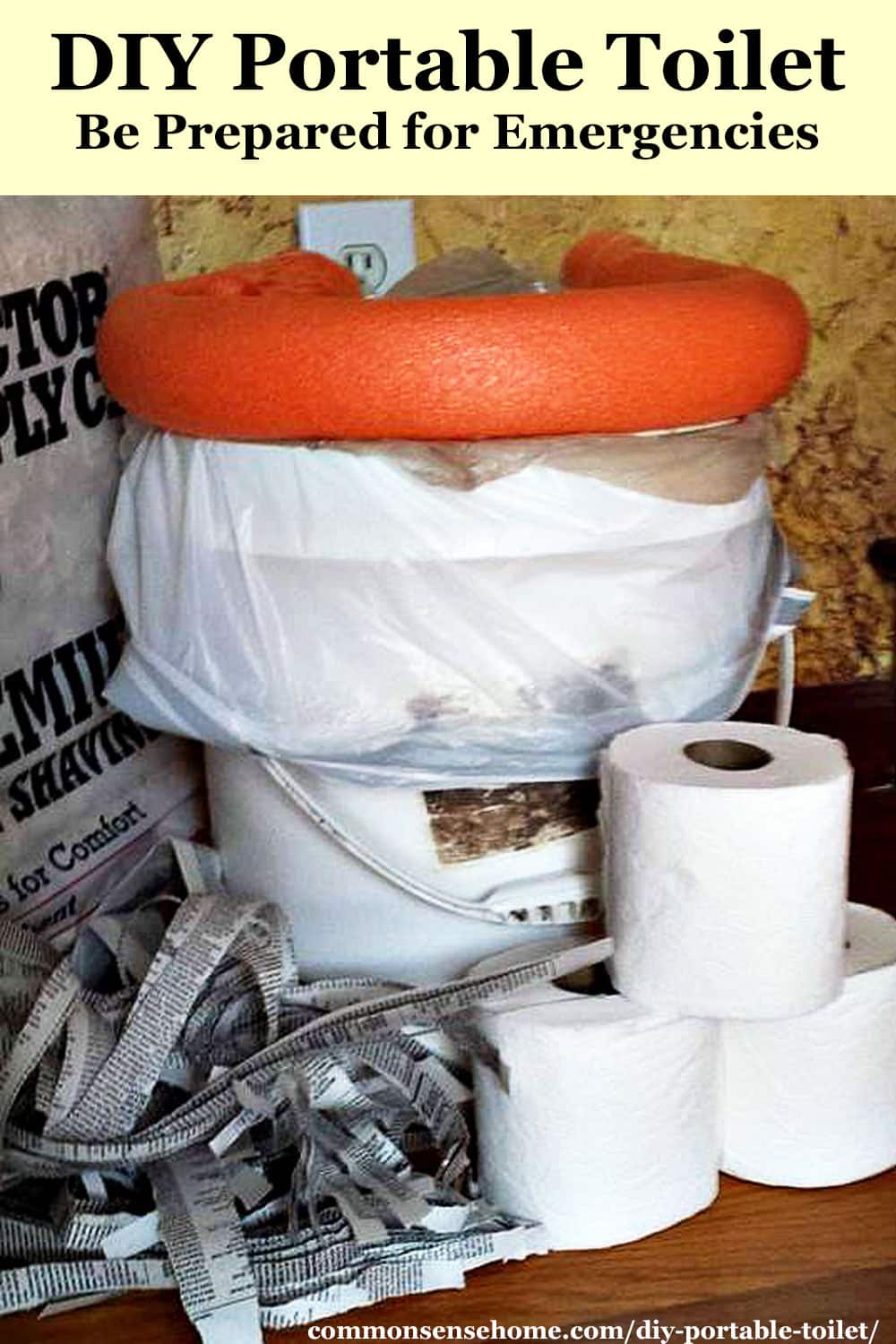It’s important to remain healthy regardless of the conditions in which we might find ourselves. Obviously, it’s harder when in remote areas where you cannot just pop around the shops for a bar of soap. Simple things like blisters can turn into a major medical calamity if not treated earlier enough.
In this article, we will start with the head and work down the body to avoid or treat ailments that can jeopardize a wilderness adventure.
Hair parasites
Head lice are blood-sucking insects about 3mm long which lay eggs in the hair. They hatch after a week, and the bites are very irritating, which causes scratching. These scratches, in turn, become infected, which can lead to impetigo.
Lice are spread by skin contact and clothing borrowed from an infected person, especially headgear. Keep the hair short and be especially careful if living with indigenous people. There are products that can be used to cleanse the hair of eggs and lice, but the best method is combing with a fine-toothed comb after washing the hair.
Eyecare
The eyes are vulnerable to dust and bright light, and special care is needed in these conditions. In the desert, trying to guide a helicopter to land is like being in a sandblasting machine. Close-fitting goggles are essential to keep the eyes free of sand and grit.
A reflex action tries to rid the eye of any foreign body by vigorous movements of the upper lid and a stream of tears that try to wash the particle away. The eye must not be rubbed, let nature take its course. If the particle is stuck, it will need removing.

Examine the lower lid first by pulling it gently down and remove any grit with the corner of a clean, wet handkerchief. Examine the top lid by sitting the patient down with their head tilted back.
The lid needs to be turned inside out for a thorough examination, this may sound drastic, but it’s a simple thing to do. Grasp the eyelashes between thumb and forefinger and pull out and up. Use a matchstick to press down on the lid and roll it over the matchstick. Now a thorough examination of the eye can be carried out.
Sunglasses will protect the eyes from bright sunlight in hot countries and also from the glare of snow in the mountains. On one of my mountain hunting trips, I couldn’t get used to my new snow goggles and kept removing them. After a few days, a brown halo surrounded my sight, this is the early warning of snow blindness.
The eyes are protected by a layer of aqueous fluid. Bright light from the sun, the glare off snow, or a welder’s torch, all break down this layer leaving the eyes feeling as though they are full of grit. It’s easily avoided by reducing the amount of light falling on the eye.
If you lose your goggles, you can improvise by blackening under the eye with soot or charcoal. Covering the eyes with mosquito netting or cutting narrow horizontal slits in cloth are other useful tips.
Oral hygiene is mandatory
Before going on a long trip, visit the dentist, especially if going to a cold climate or climbing. Clean the teeth at least twice a day and after each meal if possible. In the jungle, we couldn’t use toothpaste but took care of our teeth by flossing with the inside of paracord or using a toothpick fashioned from a thorn.
Temporary fillings can be made from pine resin. Collect the resin and mix in a small amount of cotton wool and pack it into the cavity. This will cover the nerve, greatly reducing the pain.
We used to carry zinc oxide and clove oil in the medical pack, which we used for fillings. Again add a little cotton wool to the mix and pack in tightly. I know someone who had one of these temporary fillings for months. He had to be reminded to get it sorted out professionally.
Gums are the common cause of toothache. Massaging them lightly with salt will help keep them healthy.
Take care of your lips

The lips are particularly vulnerable to cracking in extreme heat/cold conditions. Keep them covered in the cold and out of the sun in the tropics. A lip balm is a good thing to carry, and any ointment, grease, or oil will help prevent cracking.
Certain oils will attract flies which was the case when I used margarine in the Middle East. But no matter what I used, my lips always seemed to crack a week before I was due home. Every time I smiled, the lips split, which is not a very romantic sight when returning from a six-month deployment.
How about the ears?
The ears are a perfect shape for an insect trap. It was a full-time job in the jungle removing creatures from ears. The worse thing to do is to poke or prod, which will push the insect deeper into the ear. Warm oil will help get rid of the unwanted guest. Keep the affected ear facing downwards, allowing gravity to help.
In Belize, I had a mate who became increasingly clumsy and complained of dizziness. He tripped over every vine and fell off the largest of logs that bridged the many streams that crisscrossed the area. At first, it was a source of amusement to watch him sprawling every few minutes, but as the injuries mounted up, something had to be done.
I used a torch to look into his ear, and he thought I was trying to attract an insect out like a moth to a flame. I used a cotton bud to remove the heavy discharge of wax and found a seed the size of a grain of rice wedged firmly deep in the ear canal. This what was causing his loss of balance. I used a syringe and forceps to remove the obstruction, thus ending the source of entertainment that he had supplied.
Staying clean

It’s important to keep the skin clean, bathing occasionally in clean water will do this. No soaps or shampoos are needed, just a good soaking. Pay special attention to armpits and crotch, and make sure you dry between the toes.
Take good care of your feet. Keep them clean, have good-quality boots and socks, and ensure they fit correctly. Blisters can be avoided if friction between skin and socks is eliminated. One way of achieving this is by applying an oil that is specifically made to do this.
The largest organ of the body is the skin, and special care is required to keep it healthy. Personal and camp hygiene must always be practiced, even in the most difficult of situations. Areas most at risk are the crotch and armpits, areas of heat and dampness, which are prime breeding places for bacteria and fungi infections.
Tinea and ringworm are fungi complaints that attack the outer layer of the skin, hair, and nails, causing them to become brittle. It is highly contagious and will spread to others in the group if not confined.
In the military, we used ointments that should be listed under weapons of mass destruction. The burning application was worse than the effects we were trying to heal, but it was very effective.
Tinea is spread directly from infected clothes, towels, and lavatory seats and indirectly via the feet from wet floors and matting. Skin complaints were very common amongst the locals in the jungle, and we used a variety of ointments to treat them.
They adored being coated in Castellani Paint which is a rich purple color. Cetrimide was yellow, and calamine lotion, which is pink, were also used to treat skin complaints, and an artistic license was used in their application!
In Belize, the jungle was alive with bugs, flies, and insects that all wanted to use your body to lay eggs in. The Botfly favored the scalp to lay its egg, which started as a spot but grew as the larvae developed. The look on the barber’s face was priceless as he was cutting my hair when a maggot emerged from a spot that he had nicked. It actually stopped him talking for at least five minutes.
Staying fed and hydrated
We must keep the body well-nourished and try to eat a balanced diet. The body needs food to supply heat, energy, and tissue regrowth. Lack of food makes it increasingly difficult to keep warm, recover from injuries and illnesses.
Staying hydrated is equally important because water is essential and helps in the processes of digestion, assimilation of nutrients, and the elimination of toxins from the body. You should drink water as often as possible, and you shouldn’t ration your water supplies unless you are certain you cannot identify a water source.
Concluding
Taking care of your body is an important survival task if you find yourself in an environment that lacks modern infrastructure and the amenities you’re used to exploiting daily for your own comfort. There are certain things that shouldn’t be ignored when it comes to personal hygiene, and there’s always room for improvisation to maintain yourself in good shape.
Richard Trammell has written this post for Prepper’s Will.



















